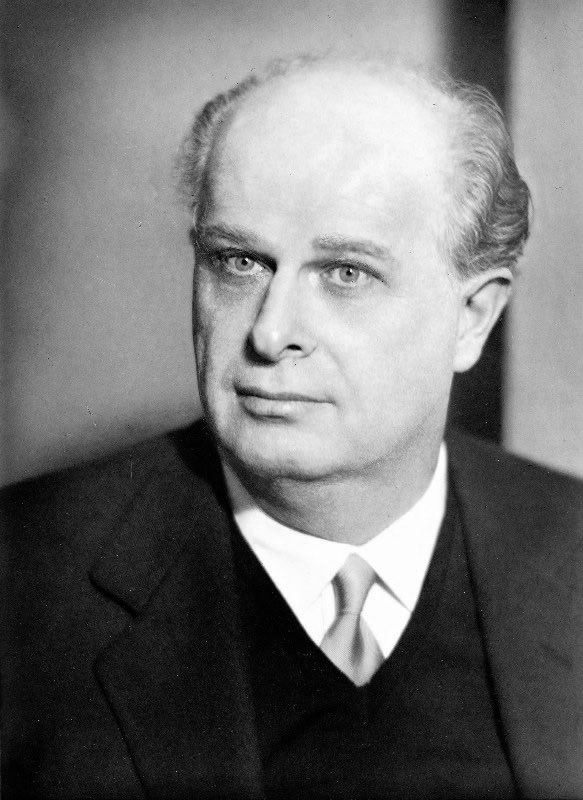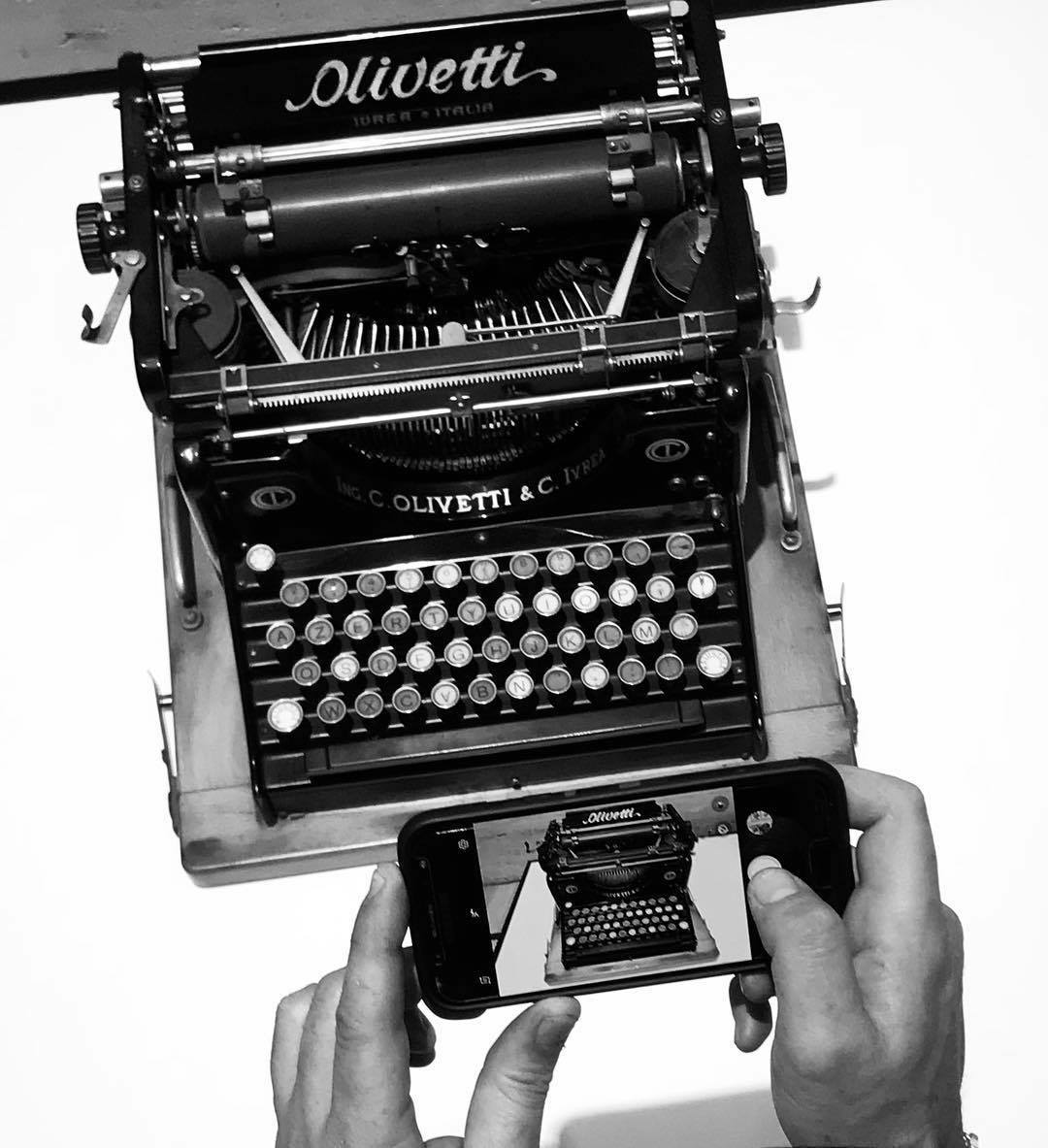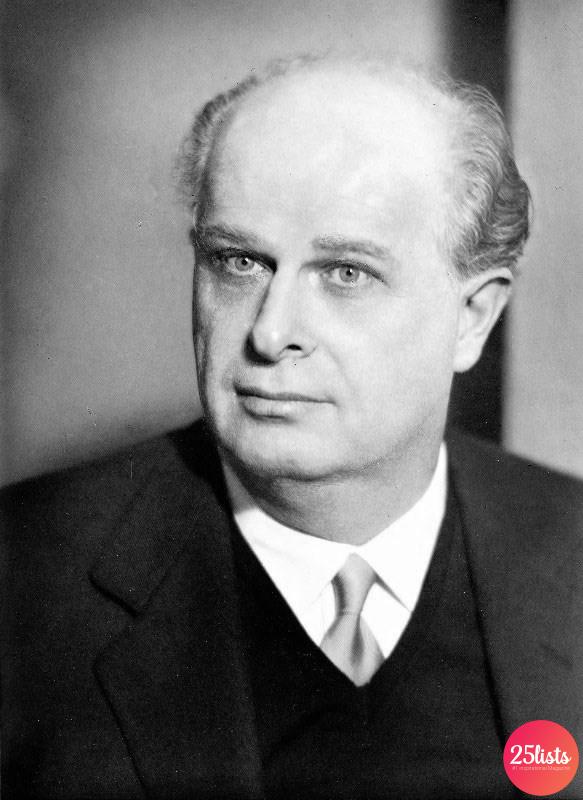The fascination with typewriters it is timeless and always gives that pleasant nostalgia, similar to the emotion that Woody Allen’s films give. So let’s discover the story of Adriano Olivetti, the entrepreneur who led the large company of the same name.
Who was Adriano Olivetti
Adriano Olivetti (Ivrea, 11 April 1901 – Aigle, 27 February 1960) was an Italian entrepreneur. He grew up with his parents in the Piedmontese city and graduated from the Technical Institute of Cuneo in the physical-mathematical profile and then enrolled at the Polytechnic of Turin and major in chemical engineering.
However, he grew up during the war years and therefore his youth was not only marked by a good schooling, but also by a military training and a strong attention to politics. In 1919 he collaborated with his father in the editorial board of the newspaper “L’Azione Riformista” to then move on to the weekly “Tempi Nuovi”.
The beginning of his career in the family business
Olivetti knows his destiny and after a period of study in the United States, where he learns the latest business organization practices, he returns to Italy, ready to work in the father’s company.
He starts with the humblest of duties and then becomes director several years later and president only in 1938.

Despite being a wealthy entrepreneur, he feels far from the fascist ideals actively participating in political demonstrations. After the discovery of Matteotti he participates with many friends and colleagues in the liberation of Filippo Turati. With the position of general manager he must be prudent in expressing his dissent, but once he moved to Milan he became more and more passionate about politics.
Despite his evident anti-fascism, during the most difficult years he took refuge in Switzerland and once back he took over his company, known for being the first in the world for office products. To make his project so successful is also the theoretical idea that underlies it, which he recounts in 1945 in “The political order of the Communities”.

Gets great recognition for his work in 1955 with the victory of the “National Grand Prix” for influence in design and industry during the second edition of the Compasso d’Oro Award. This is an important competition that has seen the presence of figures such as Gio Ponti or Achille Castiglioni in the jury.

